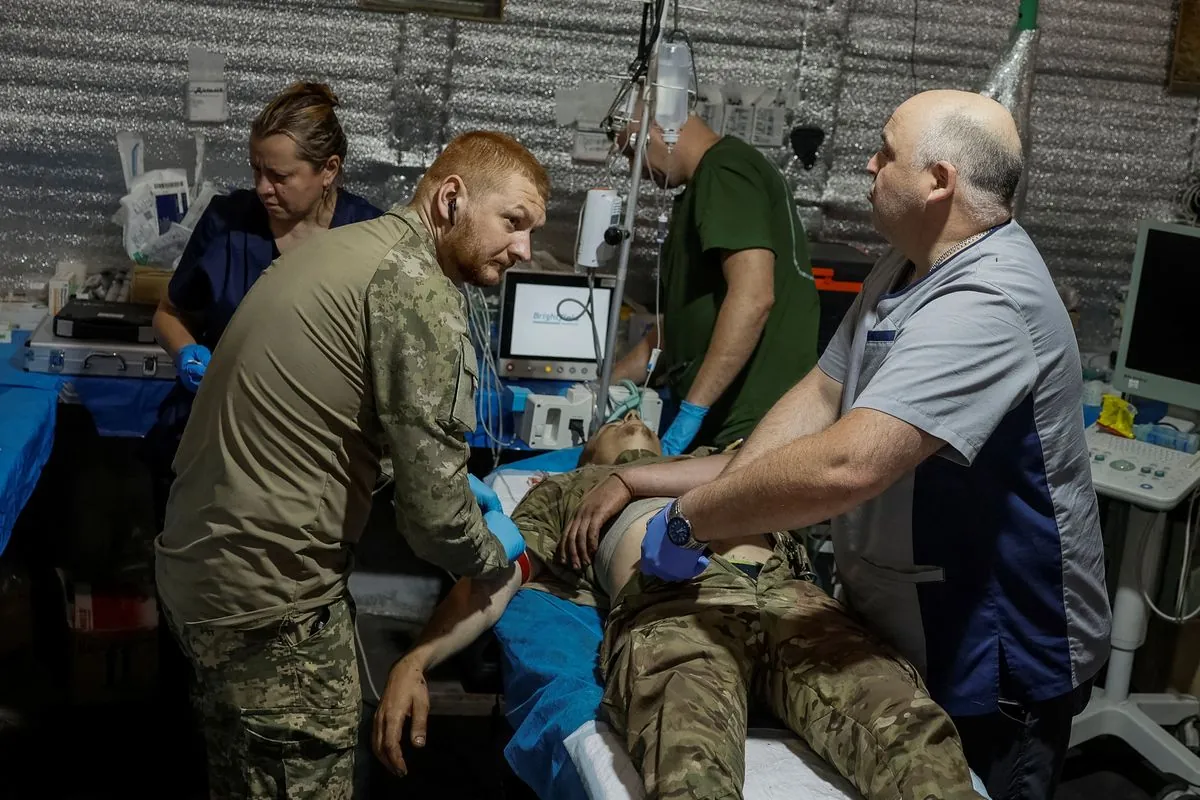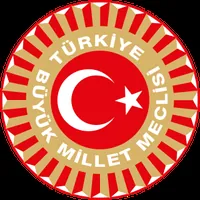Israel's Hidden War Toll: The Long Road to Recovery for Wounded Soldiers
Over 10,800 Israeli soldiers injured in Gaza conflict face grueling rehabilitation. Advanced medical care saves lives, but physical and mental scars persist. A look inside Israel's military recovery efforts.

The ongoing conflict in Gaza has left an indelible mark on thousands of Israeli soldiers, with over 10,800 wounded in action since October 2023. This figure, growing by approximately 1,000 per month, represents a hidden cost of war that extends far beyond the battlefield.
Omri Rosenblit, a 23-year-old paratrooper, exemplifies the harrowing experiences faced by many. On February 9, 2024, Rosenblit was critically injured when a booby-trapped house in Khan Younis exploded. Left buried in rubble, his survival hinged on the swift response of his fellow soldiers and the advanced medical evacuation procedures now employed by the Israel Defense Forces (IDF).
Israel's military medical response has evolved significantly since its founding in 1948. The average evacuation time for injured soldiers from Gaza now stands at just 64 minutes, a dramatic improvement from 175 minutes in 2014. This rapid response, coupled with advanced battlefield medicine, has resulted in a 99% survival rate for seriously wounded soldiers like Rosenblit.

The IDF's medical capabilities extend beyond the battlefield. Israel has developed one of the world's most advanced emergency response systems, including field hospitals that can be rapidly deployed. Additionally, the country has pioneered innovative treatments for blast-induced neurotrauma and made significant advancements in regenerative medicine for treating war injuries.
However, survival often marks the beginning of a long and challenging journey. The injuries sustained in modern warfare are severe and diverse:
- 37% of wounded soldiers have damaged or severed limbs
- Burns and sight loss are common
- Approximately one-third report mental health conditions as their primary injury
To address these complex needs, the Israeli Ministry of Defence has implemented a comprehensive rehabilitation program. This includes cutting-edge therapies such as:
- Color therapy
- Hydrotherapy
- Lego building for fine motor skills
- Music therapy
- Advanced physiotherapy techniques
Israel has also developed advanced prosthetics and rehabilitation technologies specifically for injured soldiers. The country operates specialized rehabilitation centers, including "Beit Halochem" villages dedicated to disabled veterans.
Alon Katz, a 31-year-old reservist, represents the typical profile of injured soldiers – two-thirds of whom are young reservists, with 51% aged 30 or younger. Katz suffered severe injuries to his hands, eyes, and arm from a mortar attack. His story highlights the long-term physical and psychological challenges faced by many:
"Mentally, I'm not the same. A lot of times I sit in my room sad, thinking about the injured, the event, it's hard for me to sleep, and I only sleep a few hours at night."
The IDF has recognized the importance of mental health support, establishing a dedicated department to address PTSD and other psychological issues. They also operate a specialized center for the treatment of combat stress reactions.
The long-term impact of these injuries is significant. The Ministry of Defence's Rehabilitation Department projects that by 2030, 100,000 IDF-disabled veterans will require ongoing care, with half affected by physiological damage.
Despite the challenges, many injured soldiers display remarkable resilience. Jonathan Ben Shabbat, a 21-year-old commander recovering from shrapnel wounds to his brain, embodies this spirit:
"I really saw my death and said to myself I want to keep my life. There are others who don't have their legs so it's all relative. I am alive, I can see."
As the conflict continues, Israel's commitment to its wounded soldiers remains steadfast. The nation's advanced medical capabilities, combined with comprehensive rehabilitation programs, offer hope for recovery. However, the true cost of war – measured in lives altered and futures reshaped – will resonate for generations to come.






























